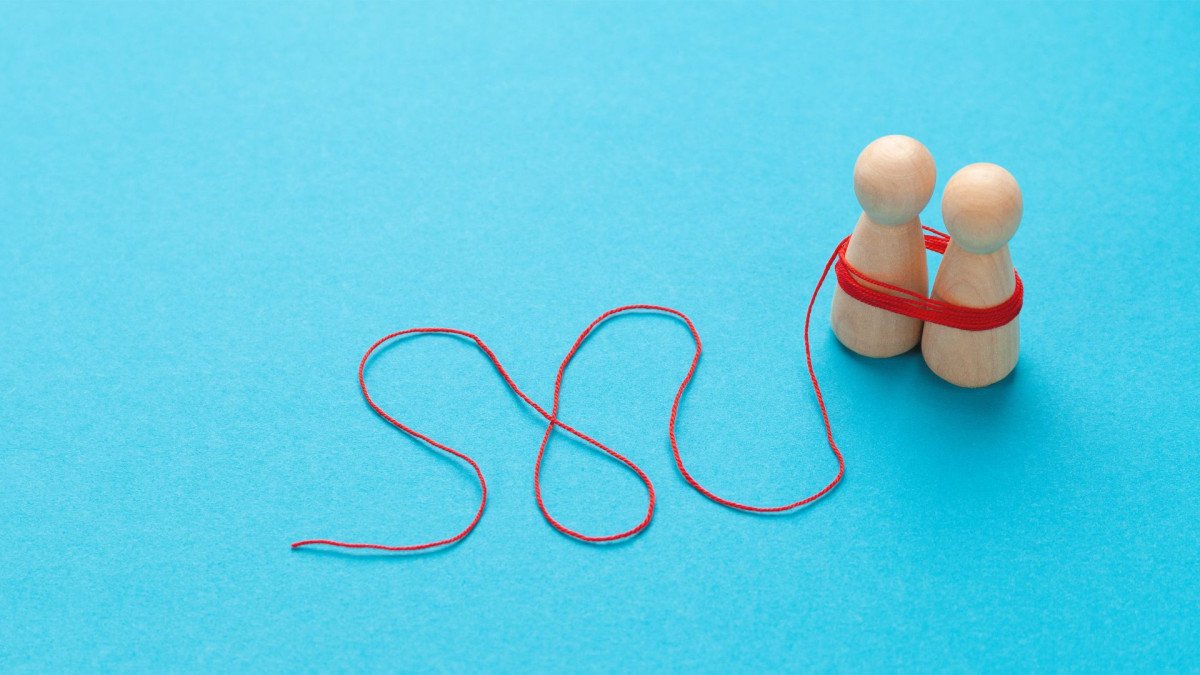Emotional dependence in relationships is a complex phenomenon that goes beyond the mere need for company From a psychodynamic perspective, this dependency can be seen as a reflection of attachment patterns established in childhood, which profoundly affect how individuals interact in their adult relationships. This article will explore how insecure attachment patterns can lead to emotional dependency in relationships, manifesting as an excessive need for approval, fear of abandonment, and self-esteem that depends on the opinion of others.
Emotional dependence is characterized by a strong need for attention and approval from a partner, often at the expense of the person’s own identity and autonomy. The most common signs of emotional dependency include an excessive fear of abandonment, difficulty making decisions without a partner’s approval, and a self-esteem that depends largely on how you feel treated in the relationship. The main problem is that in this type of relationship, the emotional well-being of the individual depends excessively on their partner, sacrificing their own needs and desires in the process, giving them a central role in their life, which affects the mental and emotional health of the person. suffers from it.
The psychodynamic approach to overcoming emotional dependence
One of the ways to work on this problem is through an in-depth understanding of the emotional situation and the relationship history of the person in question For example, from a psychodynamic perspective, emotional dependence is understood as an externalization of internal conflicts and unconscious patterns, which often originate in early childhood experiences, where interactions with primary attachment figures establish a precedent for future ones. romantic relationships.
In other words, an individual may look for characteristics in his or her partner that compensate for unmet emotional needs in childhood, leading to a relationship where dependency acts as a way to resolve unresolved emotional conflicts. The psychodynamic approach highlights the importance of exploring the emotional past to understand and address emotional dependence in the present, allowing us to become aware of it and thus be able to break with the difficulties that tie the person to that relationship. Furthermore, it seeks, through transference in the therapeutic process, to work with the patient’s type of attachment.
Let us remember that attachment patterns (a concept developed by John Bowlby and Mary Ainsworth) play a crucial role in the formation of adult relationships. A secure attachment in childhood leads to healthier, more balanced relationships in adulthood, while an insecure attachment can result in emotional dependency For example, anxious attachment is characterized by a fear of abandonment and a constant search for validation, which can manifest in intense emotional dependence in romantic relationships. Understanding and working on these attachment patterns can be key to the treatment of emotional dependence, allowing for the promotion of healthier and more autonomous relationships.

Conclusions
To overcome emotional dependence, it is crucial to develop self-awareness and seek emotional autonomy. This involves recognizing and accepting one’s own emotions and needs, and learning to satisfy them independently. Strategies such as psychodynamic therapy, meditation and mindfulness can be effective tools to achieve greater self-understanding and reduce emotional dependency. Additionally, establishing healthy boundaries in relationships, working to strengthen the support network, and participating in activities that reinforce individual self-esteem are fundamental to this process
While childhood attachment patterns and experiences impact adult romantic relationships, each individual is unique. Psychodynamic therapy offers personalized tools to address emotional dependence, promoting healthier and more balanced relationships. Through self-knowledge and strengthening self-esteem, overcoming emotional dependence and forging healthy and lasting relationships is possible.










